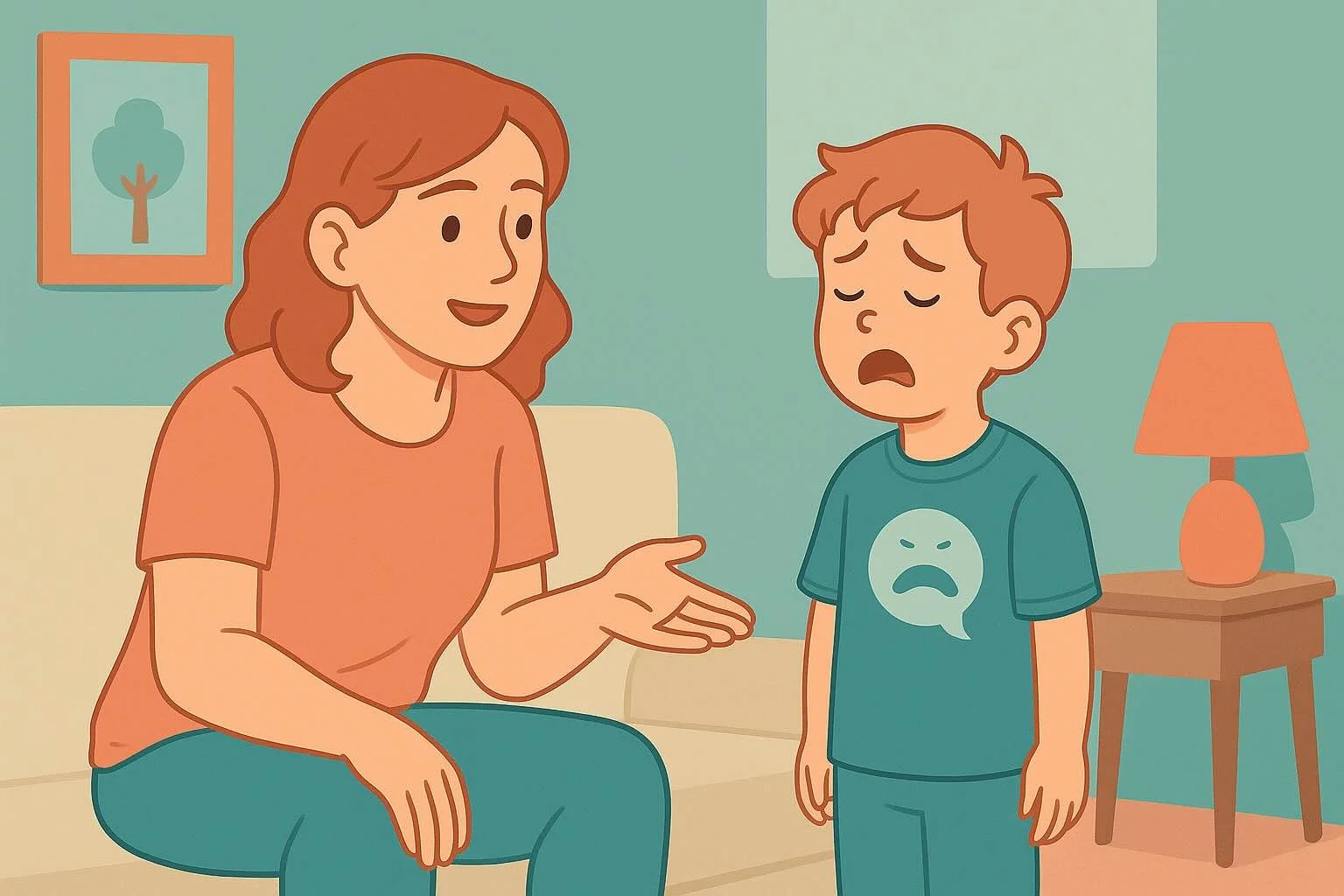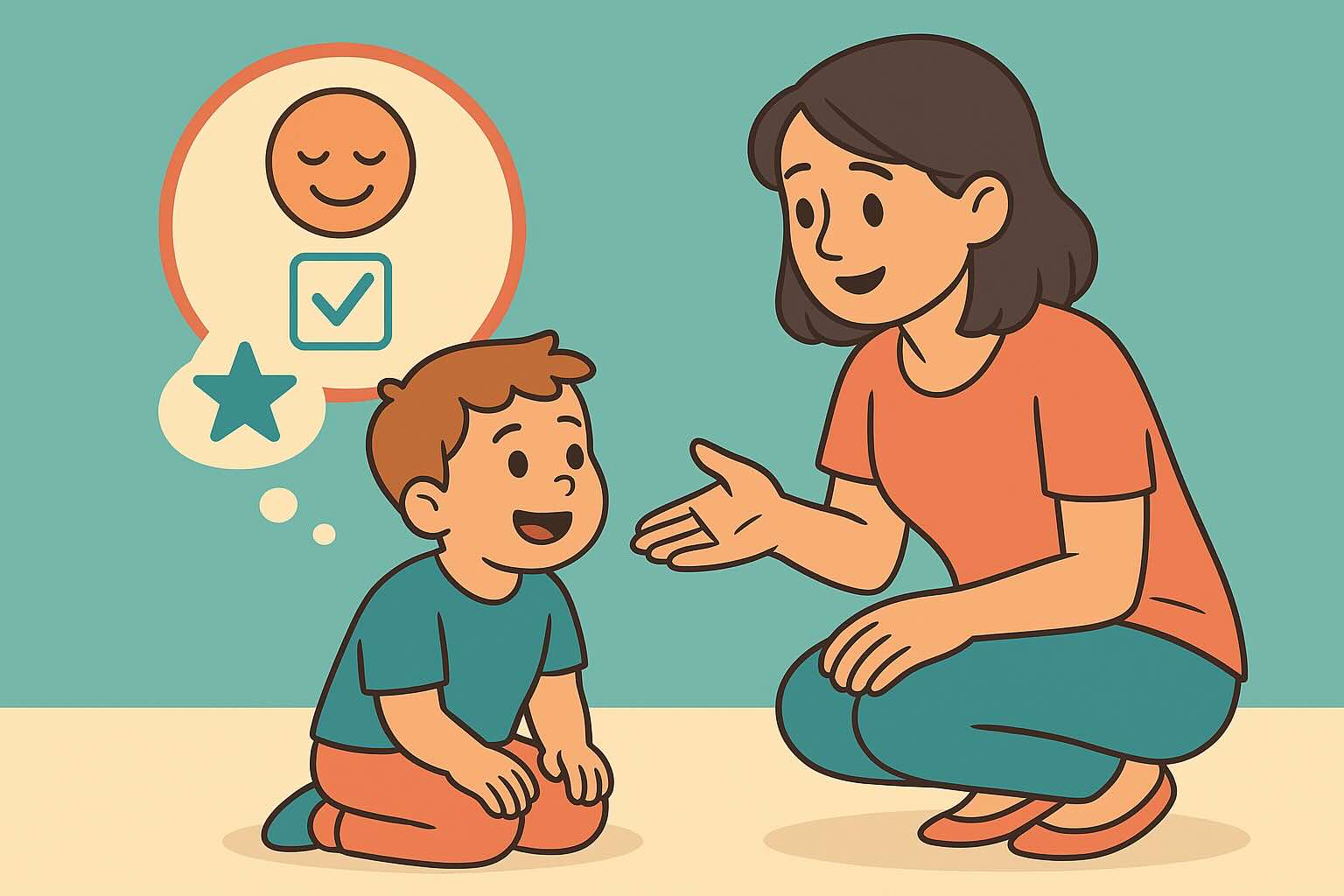Public Whining Survival Guide: 7 Scripts That Help

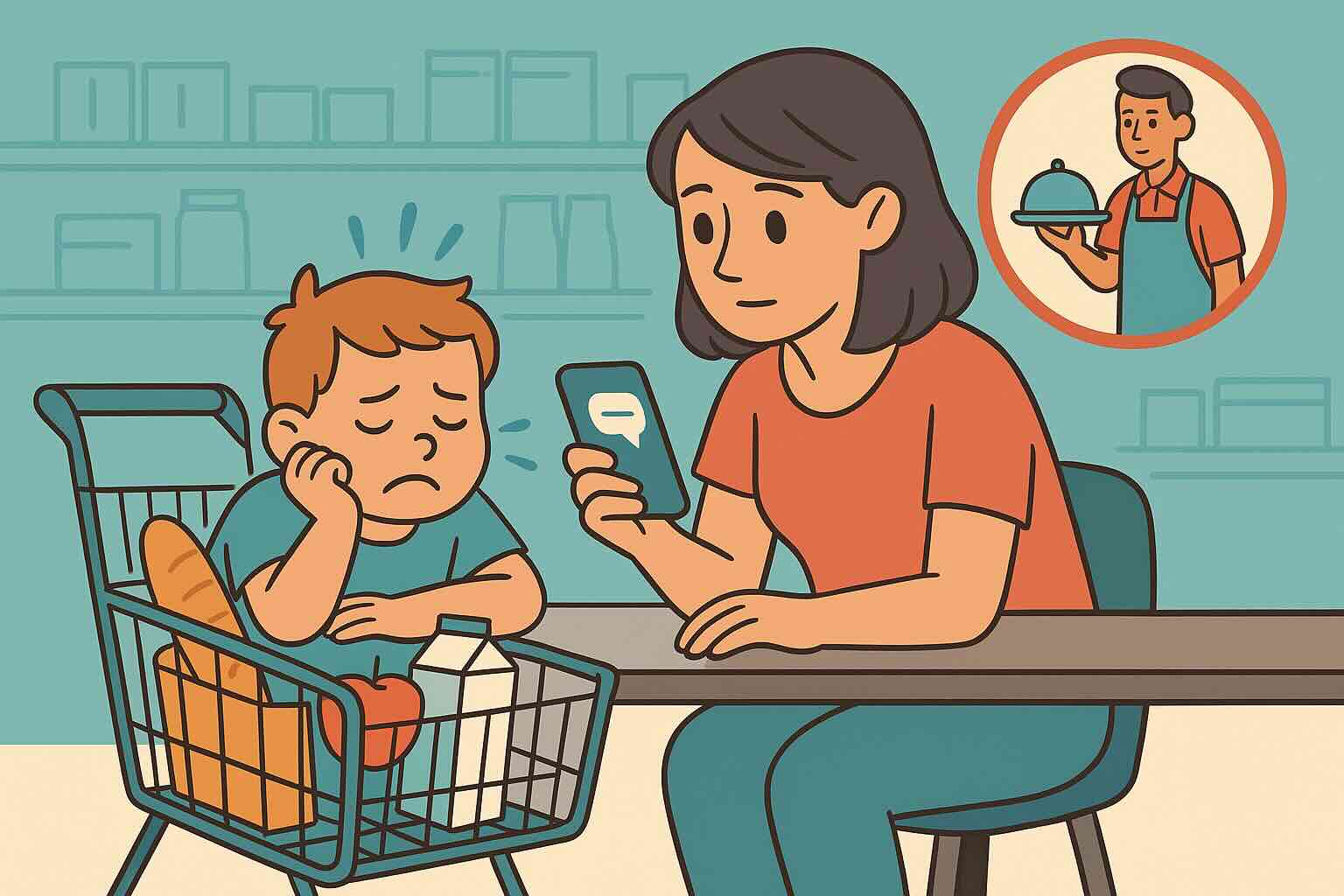
"I can't take my child anywhere without them whining for everything they see." If this sounds like your reality, you're not alone. Public whining is one of the most challenging parenting situations because it combines your child's behavior with the added pressure of other people watching and judging.
Here's the uncomfortable truth: Many parents give in to public whining because it's easier than dealing with embarrassment or scenes. But this actually teaches children that public whining is more effective than home whining—creating a cycle where they save their most persistent whining for public places.
This survival guide provides practical, tested strategies for handling whining in grocery stores, restaurants, shopping centers, and other public places while maintaining your consistency and sanity.
What You'll Learn in This Guide
- Why Public Whining is Different - Understanding the unique challenges of public behavior
- The Psychology of Public Giving-In - Why consistency in public is crucial for long-term success
- Location-Specific Strategies - Tailored approaches for grocery stores, restaurants, shopping centers
- Preparation Techniques - How to set your child up for success before leaving home
- In-the-Moment Response Scripts - Exactly what to say and do when public whining starts
- Managing Your Own Emotions - Staying calm under public pressure
- Recovery and Re-entry - How to handle escalations and get back on track
- Building Long-Term Public Success - Creating positive public outing patterns
Estimated reading time: 11 minutes
Why Public Whining is Different (And Often Worse)
The Public Whining Advantage
Children quickly learn that public spaces give them leverage. They observe that parents are more likely to give in when other people are watching, leading to what child development experts call "audience effect"—where children perform differently in front of others.
Why public whining often feels more intense:
- Sensory overwhelm: Public spaces are louder, brighter, and more stimulating
- Reduced parental attention: Parents are focused on tasks (shopping, ordering) rather than child connection
- Social pressure: Fear of judgment makes parents more likely to give in quickly
- Novelty and excitement: New environments are both stimulating and overwhelming
- Learned effectiveness: Children discover public whining gets faster results
The Hidden Cost of Public Giving-In
When we give in to public whining "just this once" to avoid embarrassment, we accidentally teach powerful lessons:
- Public whining is more effective than home whining
- Escalating behavior works when there's an audience
- Parents have different rules in public vs. private
- Persistence and volume lead to success
Research insight: Children who experience inconsistent public responses show 3x more public behavior problems than those with consistent approaches across all settings.
Location-Specific Strategies and Scripts
Grocery Store Whining: The Ultimate Test
Common triggers:
- Wanting items they see (candy, toys, special foods)
- Boredom during shopping
- Hunger and fatigue
- Overstimulation from crowds and noise
Pre-shopping preparation:
- Set expectations: "We're buying groceries from our list today. We'll use our regular voices."
- Bring involvement: Let them hold the list or cross off items
- Pack snacks: Prevent hunger-related whining
- Plan timing: Shop when children are well-rested when possible
In-the-moment grocery store scripts:
Scenario: "I want that cereal!" Your response: "I hear you want that cereal. We're sticking to our list today. Can you help me find the bananas?"
Scenario: "But pleeeease, can we get it?" Your response: "I understand you really want it. Our answer is still no. Would you like to help me pick out which apples look best?"
Scenario: Escalating whining about multiple items Your response: "I hear lots of whining. When you're ready to use your regular voice and help me shop, I'm right here."
Advanced grocery store strategies:
- Job assignment: Give children specific tasks (finding items, counting produce)
- Movement breaks: Use the pharmacy area or customer service area for brief calming moments
- Positive attention: Notice and comment on their helping behavior
- Clear timeline: "We have three more sections, then we'll be done"
Restaurant Whining: Managing Social Expectations
Common triggers:
- Wanting different food than what's ordered
- Impatience waiting for food
- Wanting to leave when adults are still eating
- Overstimulation from restaurant environment
Pre-restaurant preparation:
- Review expectations: "We'll use our quiet indoor voices and stay in our seats"
- Bring appropriate activities: Coloring, quiet toys, books
- Discuss food choices: Decide what they'll order before arriving
- Plan for waiting: Explain that restaurant meals take time
In-the-moment restaurant scripts:
Scenario: "I don't want this food!" Your response: "You seem disappointed about your food choice. You can eat what you ordered or wait until we get home."
Scenario: "I want to leave now!" Your response: "I understand you're ready to go. We'll leave when our family is finished eating. Would you like to color while we wait?"
Scenario: Loud whining disrupting other diners Your response: (Quietly) "I hear your whining, and we need to use quiet restaurant voices. Let's step outside for a minute." (Move to lobby/outside briefly, then return when calm)
Restaurant success strategies:
- Choose family-friendly restaurants during learning phase
- Time visits strategically: Avoid peak hunger and fatigue times
- Engage them in the experience: Let them order (appropriate choices), read menu items
- Use natural consequences: "If we can't use appropriate restaurant behavior, we'll need to leave"
Shopping Center/Mall Whining: Navigating Overwhelm
Common triggers:
- Wanting toys or items they see
- Fatigue from walking and sensory input
- Boredom during adult-focused shopping
- Overstimulation from crowds and noise
Shopping center strategies:
- Limit outing length: Plan shorter trips during learning phase
- Include child-focused stops: Plan one store/activity they enjoy
- Use visual schedules: "First we go to Mom's store, then the playground, then home"
- Provide breaks: Use food courts or quiet areas for rest
Public transportation whining:
- Prepare for delays: Bring entertainment and snacks
- Set realistic expectations: Explain travel time and patience needs
- Create engaging activities: Counting games, "I spy," storytelling
- Stay calm during delays: Model patience and emotional regulation
The Public Response Framework
Step 1: The Public Pause (Your Internal Reset)
Before responding to public whining, take a moment to center yourself:
- Three deep breaths: Calm your own nervous system first
- Lower your voice: Intentionally speak quieter than your impulse
- Remind yourself: "This is temporary, my consistency is permanent"
- Focus inward: Your child's learning matters more than strangers' opinions
Step 2: Calm Acknowledgment (Your External Response)
Use the same acknowledgment approach as at home, but adjusted for public settings:
- Quieter tone: "I hear your whining" (said calmly and quietly)
- Closer proximity: Move closer to your child rather than speaking across distance
- Clear redirect: "Tell me in your regular voice what you want"
Step 3: Maintain the Boundary
Don't change your standards because you're in public:
- Keep the same expectations for communication
- Don't give in to avoid embarrassment
- Don't make threats you won't follow through on
- Don't negotiate differently than you would at home
Step 4: Offer Appropriate Engagement
Redirect to positive public behavior:
- "You can help me find the items on our list"
- "Would you like to choose which apples we buy?"
- "Can you count how many red cars you see?"
- "Let's think of three things we're grateful for while we wait"
Step 5: Plan for Escalation
If whining escalates to disruptive levels:
- Move to a quieter area (store lobby, outside) if needed
- Stay calm and wait for the emotional intensity to pass
- Don't give in during the escalation
- Return to the activity when child is calm
- Follow through with logical consequences if appropriate
Managing Your Own Emotions in Public
Dealing with Judgment and Stares
Helpful mindset shifts:
- Most parents understand: Other parents have been in your situation
- You're teaching important skills: Consistency now prevents bigger problems later
- Strangers' opinions don't matter: Your child's learning and your family's long-term success do
- You're modeling emotional regulation: Your calm response teaches your child how to handle difficult emotions
Practical strategies for feeling judged:
- Prepare supportive self-talk: "I'm being a good parent by staying consistent"
- Focus on your child: Make eye contact and stay emotionally connected to them
- Remember your why: You're building your child's communication skills and emotional regulation
- Plan for difficult moments: Have a strategy so you feel prepared and confident
Staying Calm Under Pressure
The public calm-down technique:
- Breathe deeply: Three slow breaths through your nose
- Drop your shoulders: Release physical tension
- Soften your voice: Speak more quietly than feels natural
- Connect with your child: Make eye contact and stay emotionally present
- Trust your plan: Follow your consistent approach
Emergency calm-down phrases for yourself:
- "This is a teaching moment, not a crisis"
- "My child is learning, this is part of the process"
- "I can handle this calmly and confidently"
- "This will pass, our relationship will remain strong"
Preparation Strategies for Public Success
The 3-Part Pre-Outing Preparation
Part 1: Expectation Setting (5 minutes before leaving)
- Destination discussion: "We're going to the grocery store to buy food for our family"
- Behavior expectations: "We'll use our regular voices and stay with Mom/Dad"
- Timeline sharing: "We'll be there for about 30 minutes, then come home"
- Role clarification: "Your job is to help me shop and use appropriate behavior"
Part 2: Need Anticipation (pack the outing kit)
- Snacks: Prevent hunger-related whining
- Entertainment: Age-appropriate quiet activities
- Comfort items: Small toy or lovey if needed
- Practical items: Wipes, tissues, water bottle
Part 3: Success Visualization (in the car)
- Review the plan: "Remember, we'll use our regular voices in the store"
- Anticipate challenges: "If you see something you want, you can tell me with your regular voice"
- Plan for success: "I'm excited to have my helper with me today"
Age-Specific Public Preparation
Ages 3-4:
- Simple, concrete expectations: "We stay with Mommy and use quiet voices"
- Visual aids: Show pictures of appropriate public behavior
- Shorter outings: Plan for shorter attention spans
- More frequent breaks: Plan for movement and snack breaks
Ages 5-7:
- Detailed discussion: Explain the purpose of the outing and expected behavior
- Include them in planning: "What should we buy at the store today?"
- Logical consequences: "If we can't use appropriate behavior, we'll need to leave and try again tomorrow"
- Independence opportunities: Give them age-appropriate responsibilities
Building Long-Term Public Success
Creating Positive Public Patterns
Start with success experiences:
- Begin with easier outings: Quick trips to places your child enjoys
- Build gradually: Increase difficulty and duration over time
- Celebrate successes: Notice and acknowledge good public behavior
- Learn from challenges: Discuss what worked and what to try differently
The success spiral approach:
- Easy public success (library, park) builds confidence
- Medium challenges (short grocery trips) develop skills
- Harder situations (restaurants, longer shopping) test mastery
- Complex outings (multiple stops, social events) demonstrate competence
Teaching Public Social Skills
Beyond just stopping whining:
- Appropriate public voice levels: Teaching indoor vs. outdoor voices
- Social awareness: Noticing and respecting others in public spaces
- Independence skills: Staying close, following directions, asking for help appropriately
- Emotional regulation: Managing excitement, disappointment, and overstimulation in public
Recovery Strategies for Difficult Outings
When outings don't go as planned:
- Don't avoid public places: Isolation doesn't build skills
- Debrief calmly: Discuss what was challenging and what to try differently
- Plan for success: Make adjustments for next time (timing, preparation, expectations)
- Stay positive: Remember that learning takes time and practice
Post-difficult-outing conversation: "That was hard for both of us at the store today. You had trouble using your regular voice, and I stayed calm and consistent. Tomorrow we can try again and practice using appropriate behavior. What do you think would help you remember to use your regular voice next time?"
Specific Public Scenarios and Responses
Scenario 1: Target/Walmart Toy Aisle Meltdown
Setup: Child sees desired toy, begins intense whining campaign
Your response sequence:
- Acknowledge calmly: "I see a toy you really want"
- Maintain boundary: "We're here to buy [specific items] today"
- Offer involvement: "Can you help me find the shampoo?"
- If escalation: Move away from toy area while staying calm
- Follow through: Don't return to toy area during this trip
Scenario 2: Restaurant Food Arrival Whining
Setup: Child's food arrives but it's not exactly what they expected
Your response sequence:
- Validate disappointment: "You're disappointed that your food looks different than you expected"
- Offer choice: "You can eat what you ordered or wait until we get home to eat"
- Stay calm: Don't negotiate or order something different due to whining
- Engage positively: "Would you like to tell me about your day while we eat?"
- Natural consequence: If whining continues, they experience being hungry until home
Scenario 3: Checkout Line Candy Whining
Setup: Child sees candy at checkout and begins persistent requests
Your response sequence:
- Acknowledge want: "You want that candy"
- Clarify boundary: "We're not buying candy today"
- Redirect attention: "Can you help me put groceries on the belt?"
- Stay consistent: Don't negotiate or explain extensively
- Complete transaction: Focus on finishing shopping, not entertaining whining
Scenario 4: Pharmacy/Doctor's Office Waiting Room
Setup: Long wait leads to restlessness and whining about wanting to leave
Your response sequence:
- Acknowledge feeling: "Waiting is hard and boring"
- Explain reality: "We need to wait for our turn to see the doctor"
- Offer activities: "Would you like to read a book or play a quiet game?"
- Set expectations: "We'll wait quietly until it's our turn"
- Stay calm: Model patience and emotional regulation
Troubleshooting Common Public Challenges
"My Child Only Whines in Public"
Why this happens:
- Public whining has been more successful historically
- Increased stimulation in public settings
- Less consistent responses in public vs. home
Solutions:
- Apply exact same standards and responses in public as at home
- Start with shorter, easier public outings to build success
- Increase your consistency in public settings specifically
- Don't avoid public places—practice builds skills
"I'm Too Embarrassed to Stay Consistent"
Mindset shifts:
- Other parents understand and often admire consistency
- Giving in teaches children that public whining works
- Short-term embarrassment prevents long-term public behavior problems
- You're modeling emotional regulation for your child
Practical strategies:
- Practice your responses at home so they feel natural
- Remind yourself of your long-term goals
- Focus on your child's needs rather than strangers' opinions
- Prepare supportive self-talk for difficult moments
"My Child Escalates More in Public"
Why escalation increases:
- Children test whether public rules are different
- Increased stimulation can trigger bigger reactions
- They've learned that escalation sometimes works in public
Response strategies:
- Stay even calmer during public escalations
- Move to a quieter area if the situation becomes disruptive
- Don't give in during escalations—this reinforces the pattern
- Plan for escalation as part of the learning process
"Other Adults Interfere or Judge"
Common interference scenarios:
- Well-meaning strangers offering treats or toys
- Other adults commenting on your parenting approach
- Store employees trying to "help" by entertaining your child
Response strategies:
- Politely but firmly maintain your boundaries: "Thank you, but we're working on using appropriate communication"
- Don't feel obligated to explain your parenting approach to strangers
- Stay focused on your child rather than managing others' reactions
- Remember that consistency serves your child's long-term development
Creating Your Public Whining Action Plan
Pre-Outing Checklist
- ✅ Basic needs met: Child is fed, rested, and comfortable
- ✅ Expectations set: Clear conversation about behavior and outing purpose
- ✅ Kit packed: Snacks, entertainment, comfort items as needed
- ✅ Timing planned: Outing scheduled during child's best times when possible
- ✅ Success mindset: You're prepared and confident in your approach
During-Outing Response Plan
- ✅ Stay calm: Use public pause technique when whining starts
- ✅ Acknowledge quietly: "I hear your whining" in calm, quiet voice
- ✅ Redirect clearly: "Tell me in your regular voice what you want"
- ✅ Maintain boundaries: Don't change standards due to public pressure
- ✅ Engage positively: Offer appropriate involvement in the activity
Post-Outing Reflection
- ✅ Acknowledge efforts: Notice what your child did well during the outing
- ✅ Learn from challenges: Identify what to adjust for next time
- ✅ Plan improvements: Make specific changes to increase future success
- ✅ Celebrate progress: Recognize small improvements over time
- ✅ Stay committed: Remember that consistency builds long-term success
The Long-Term Vision: Public Confidence
What Success Looks Like
After 4-6 weeks of consistent public responses:
- Children use appropriate communication in public settings
- Family outings become enjoyable rather than stressful
- You feel confident handling challenges that arise
- Children demonstrate emotional regulation in stimulating environments
- Public whining becomes occasional rather than expected
After 3-6 months:
- Children independently use appropriate public behavior
- You can enjoy public outings without anxiety about behavior
- Children show pride in their ability to handle public situations
- Family activities expand because public behavior is reliable
- Children transfer skills to new and challenging public settings
Building Lifelong Skills
Remember that consistency in public teaches:
- Emotional regulation: Managing big feelings in challenging environments
- Social awareness: Understanding appropriate behavior in different settings
- Communication skills: Expressing needs clearly regardless of location
- Respect for others: Considering how behavior affects people around them
- Self-confidence: Knowing they can handle challenging situations successfully
Emergency Public Strategies
When You Need to Leave Immediately
Reasons to end outing early:
- Child becomes unsafe (running away, throwing items)
- Behavior significantly disrupts others
- You feel overwhelmed and can't stay calm
- Escalation reaches meltdown level
How to leave strategically:
- Stay calm: "We need to leave now because of the whining/behavior choices"
- Don't make it punitive: "We'll try again tomorrow when you're ready to use appropriate behavior"
- Follow through: Don't stop for treats or preferred activities on the way home
- Plan for success: Adjust next outing based on what you learned
Quick Calm-Down Techniques
For your child:
- Deep breathing: "Let's smell the flowers and blow out the candles"
- Counting: "Let's count to 10 together quietly"
- Observation: "I see something red, can you find something blue?"
- Physical reset: Gentle shoulder squeeze or hand holding
For yourself:
- Box breathing: 4 counts in, 4 counts hold, 4 counts out, 4 counts hold
- Mantra repetition: "I am calm, I am consistent, I am helping my child learn"
- Physical grounding: Feel your feet on the floor, notice your breath
- Perspective reminder: "This is temporary, our relationship is permanent"
Key Takeaways: Your Public Whining Survival Kit
- ✅ Public whining is often more intense because children learn it's more effective than home whining
- ✅ Consistency across all settings is crucial—don't change standards due to embarrassment
- ✅ Preparation prevents most problems—set expectations, pack supplies, time outings well
- ✅ Your calm response matters more than other people's opinions or reactions
- ✅ Start with easier public outings and build complexity as skills develop
- ✅ Don't avoid public places—practice builds confidence and competence
- ✅ Plan for escalation—have strategies ready for when whining increases
- ✅ Focus on teaching, not avoiding—each outing is a learning opportunity
- ✅ Most families see improvement within 2-4 consistent public outings
- ✅ Long-term success requires short-term discomfort—staying consistent pays off
Remember: Public consistency is one of the most powerful tools you have for teaching your child that whining doesn't work anywhere. When children learn that their communication standards don't change based on location, they develop reliable skills for all settings.
Your willingness to stay consistent in public, even when it feels difficult, is a gift to your child's future self. You're teaching them that they can handle challenging situations with appropriate behavior, building confidence and emotional regulation skills that will serve them throughout their life.
This approach is based on child development research and behavioral psychology principles. Individual results may vary based on child temperament, family consistency, and implementation quality. Consult with professionals if concerns persist or if underlying developmental issues are suspected.
24/7 AI Parenting Assistant
Get instant, personalized advice with expert-curated parenting knowledge. Chat with your AI coach anytime, anywhere.
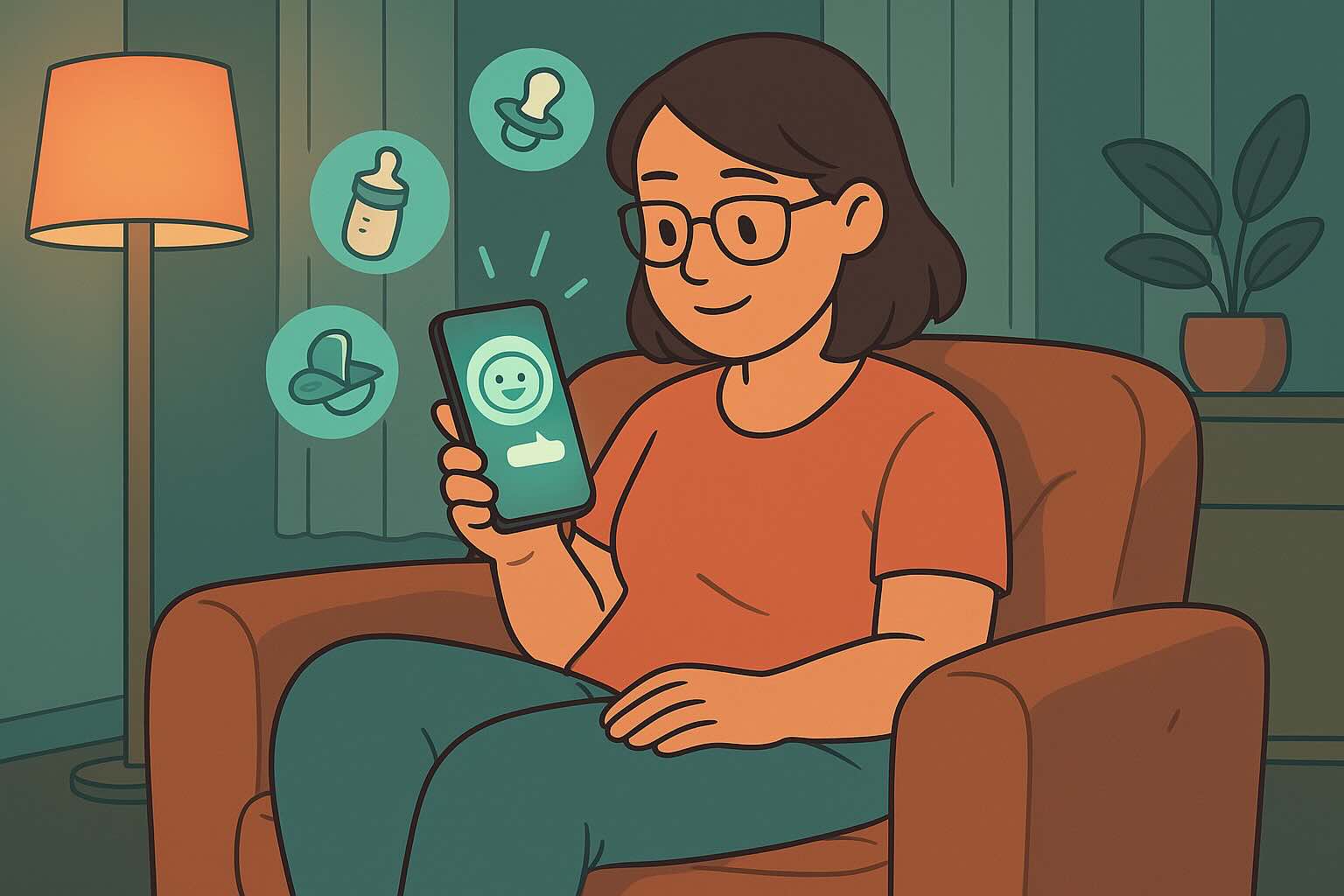
Challenging Moments Support
Access step-by-step parenting strategies, quick tips, and age-specific guidance for difficult situations when you need it most.
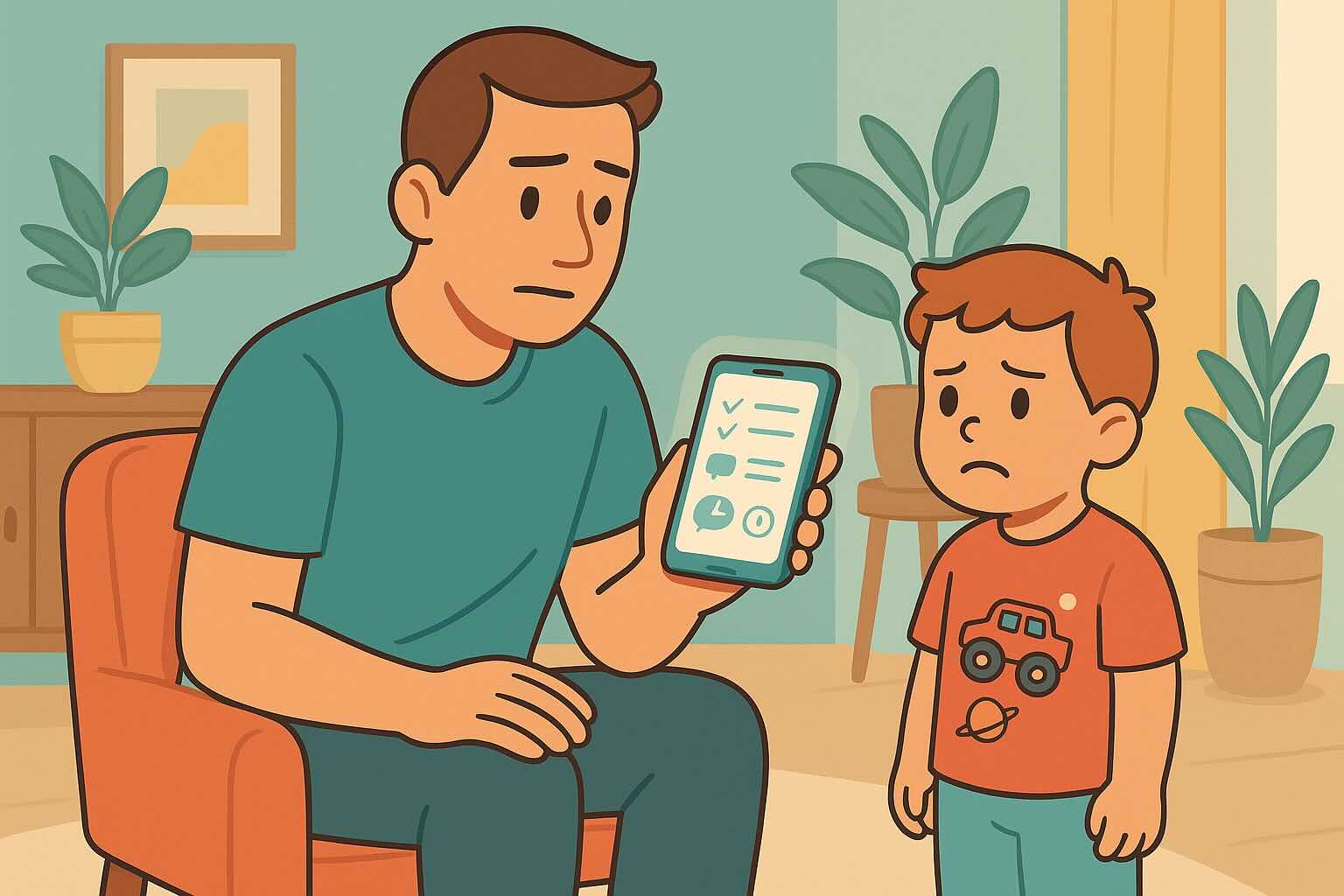
Complete Whining Response Scripts
Calm, effective responses to all types of whining behavior in children ages 3-7.
Frequently Asked Questions
Need personalized support?
RootWise's AI coach can provide tailored strategies for your specific situation, available 24/7 when you need it most.
Learn More About AI Coaching →